One of the best things about living in Zagreb is having multiple large city parks at your disposal, allowing you to escape the crowd and relax without having to leave the city. The oldest public park in South-Eastern Europe, Park Maksimir is only a short tram ride away from the centre and represents a perfect destination for every leisure activity you can think of: a walk around the lake, going for a run, having coffee with friends, visiting the Zagreb zoo... It's no wonder that visiting Maksimir is one of the favourite pastimes of Zagreb locals.
The park was opened in 1794, after a proposal by Zagreb bishop Maksimilijan Vrhovec. His idea was to grant the citizens of Zagreb with a park for rest and recreation that was to be located in an old bishop's forest. The first phase of development saw the construction of three radial paths, providing the site with a typical French park layout; the path leading from the entrance to the pavilion was preserved as the main axis of the park to this day. The park was named Maksimilian's peace, or Maksimir for short.
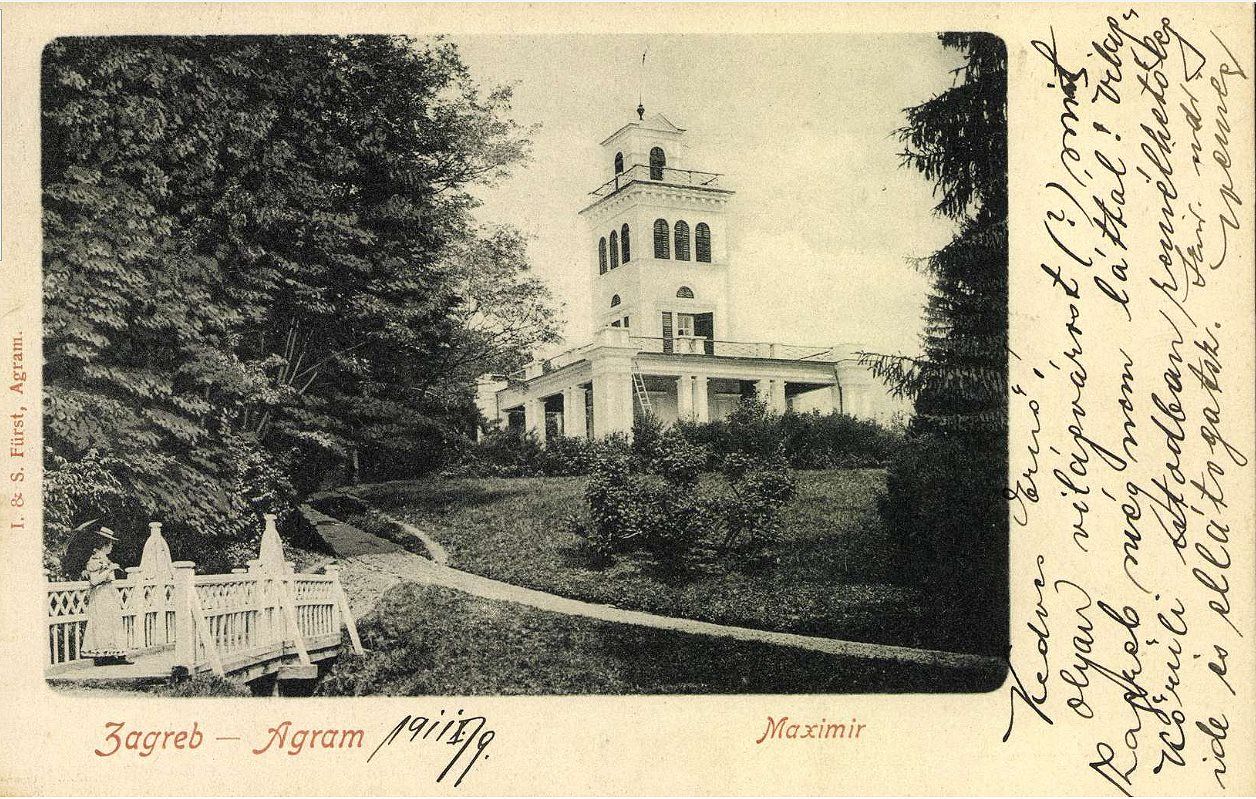
(1911)
When Juraj Haulik became the bishop in 1837, one of his first decisions was to hire a team of expert Austrian artists who had previously worked on emperor's parks in Laxenburg and Schönbrunn. During this period Maksimir was redesigned to look like an English park; multiple pavillions, cabins and cottages were built, including the Echo pavillion which is still preserved in its original form. In honour of bishop Haulik, Maksimir was renamed Jurjaves in 1839, changing back the name after Haulik's death.
Today, the park covers more than 1000 acres and is home to diverse flora and fauna, its meadows and lakes providing shelter to multiple endangered species. Maksimir is protected as a monument of park architecture by the Nature protection law, and it's listed in the Registry of cultural assets of the Republic of Croatia.
Here's a selection of vintage photos and postcards showing what Maksimir used to look like in the early 20th century – apart from the fashion, not much has changed:
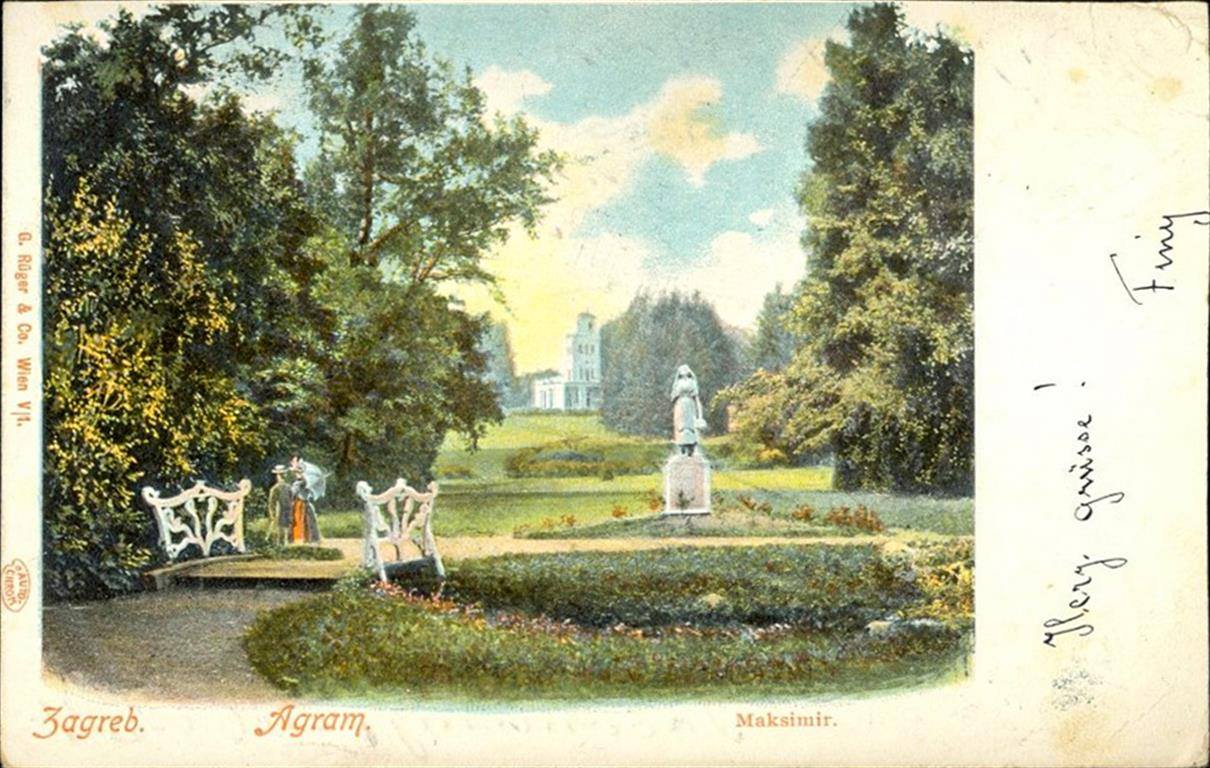
(1903)
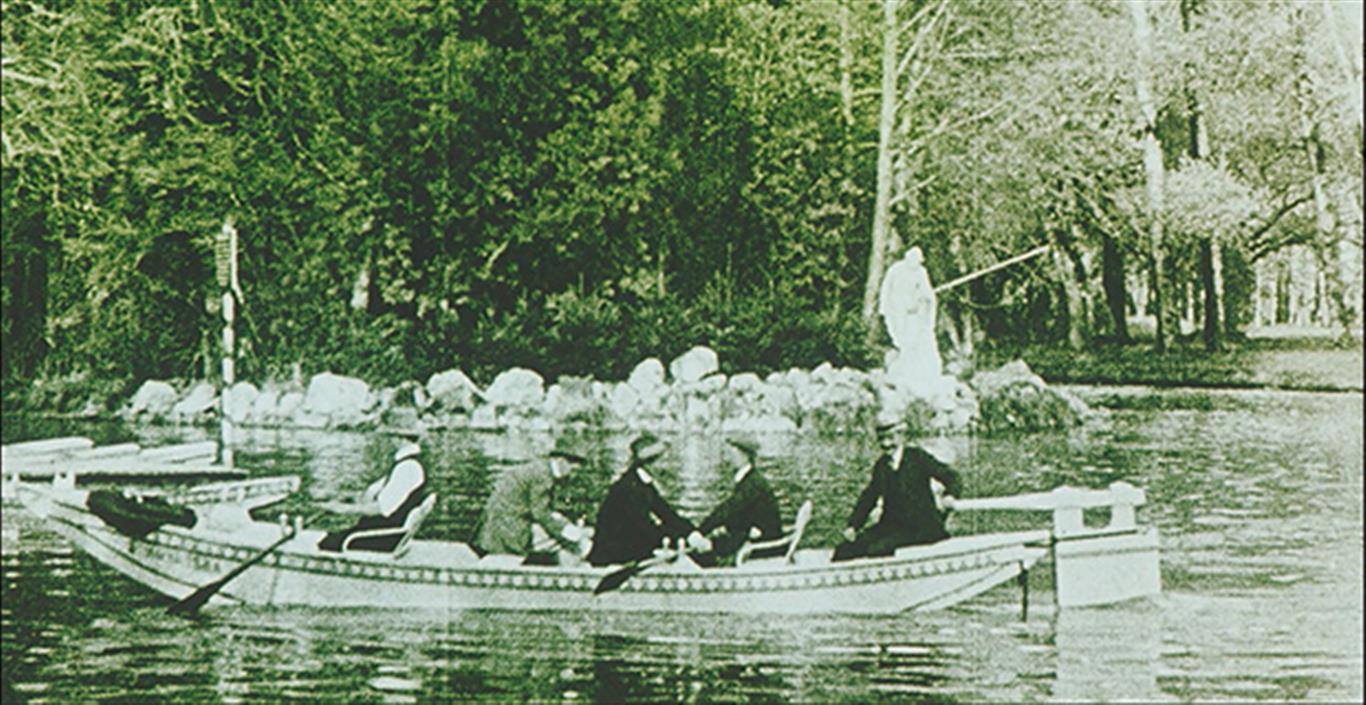
(1920s)
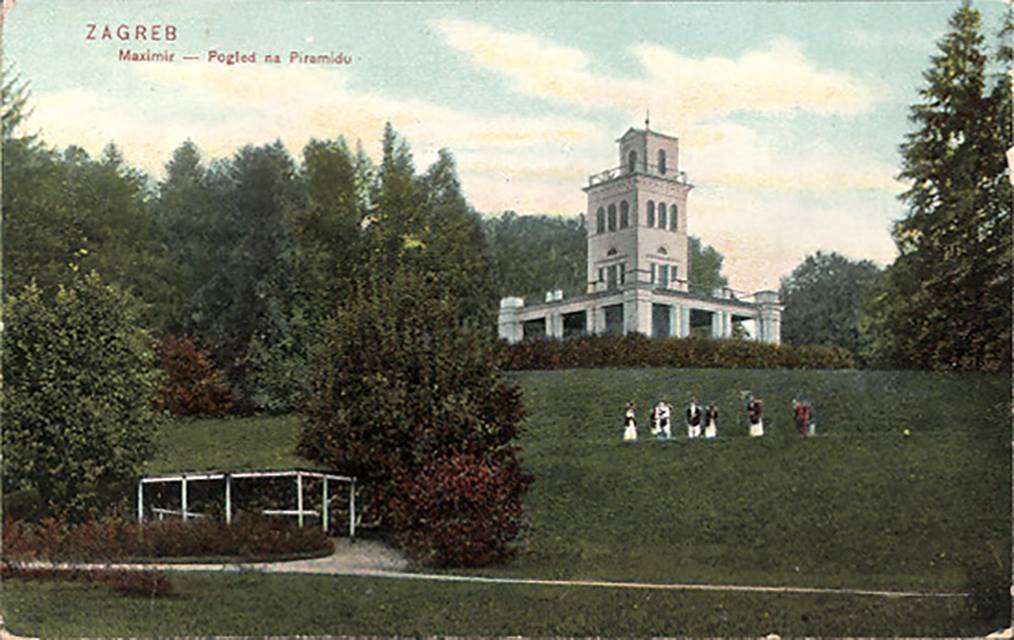
(1907)
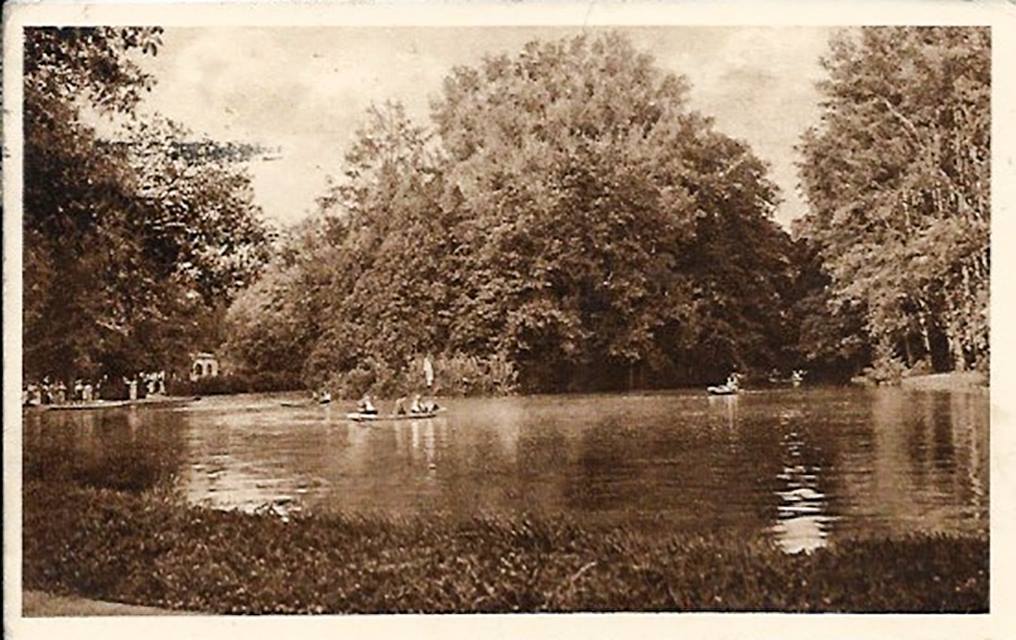
(1920)
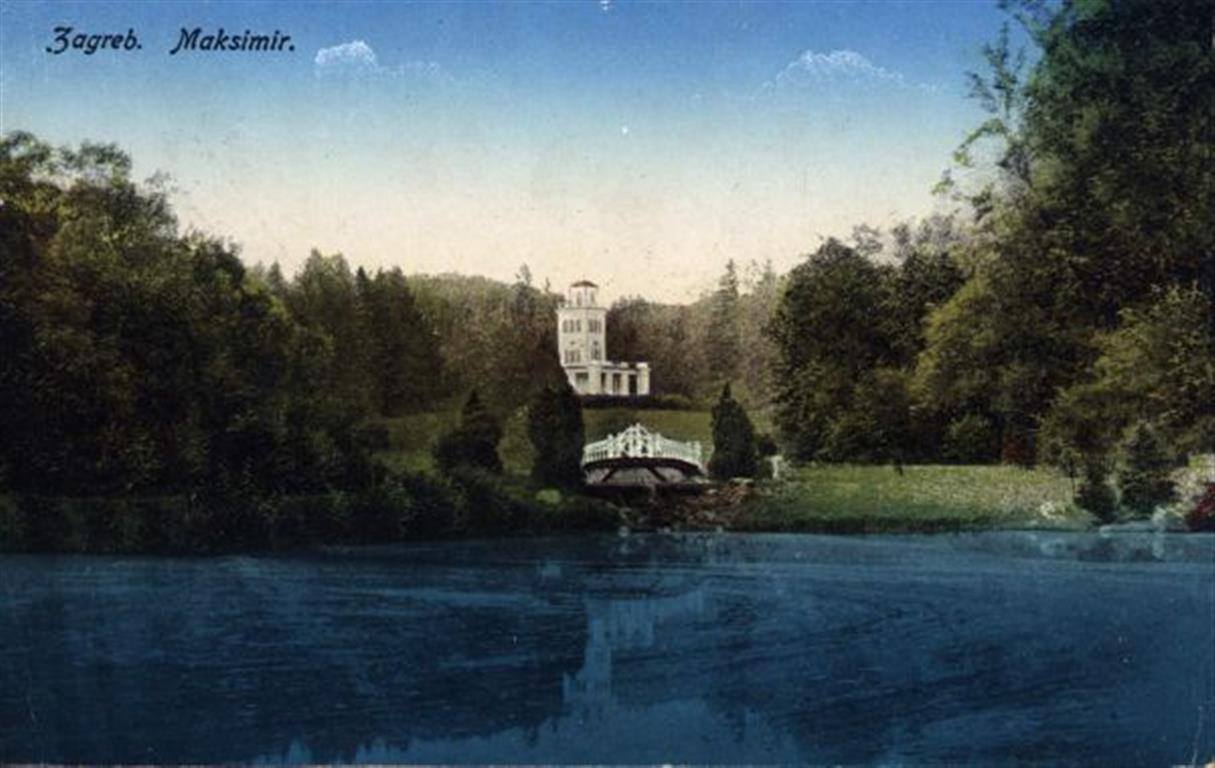
(1913)
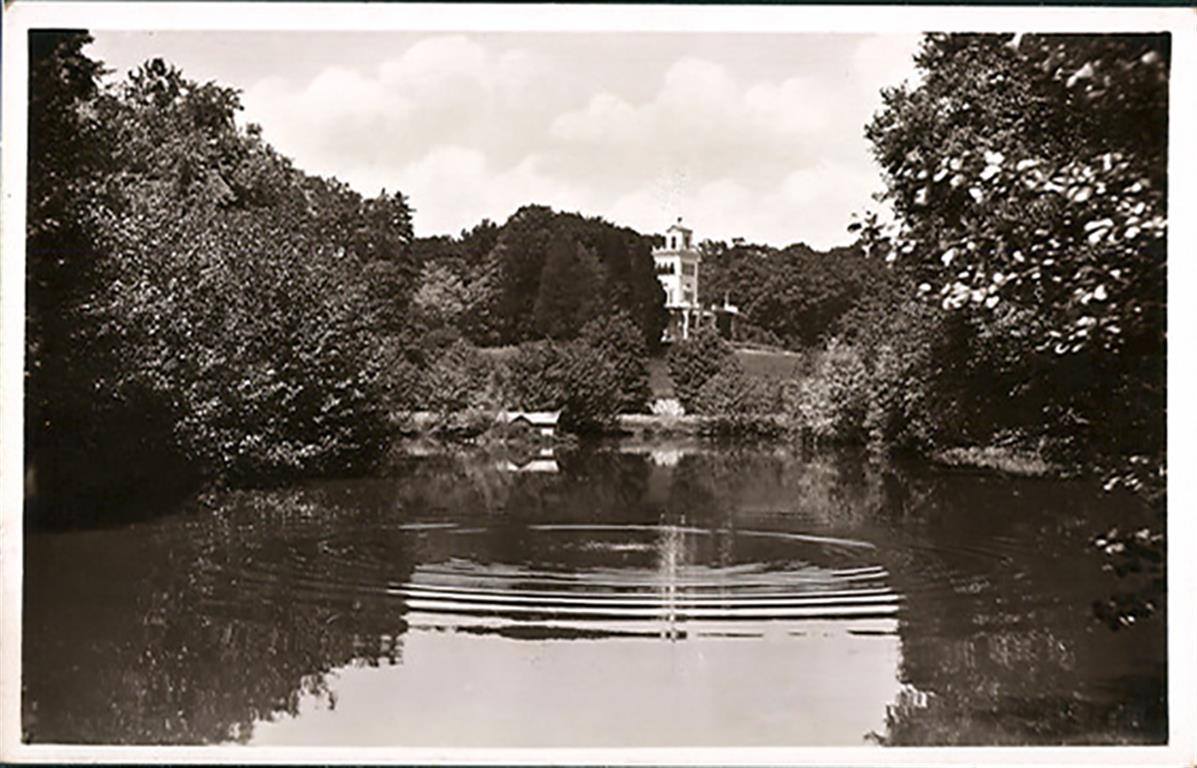
(1929)
Image source: Zagreb - kakav je bio nekada


